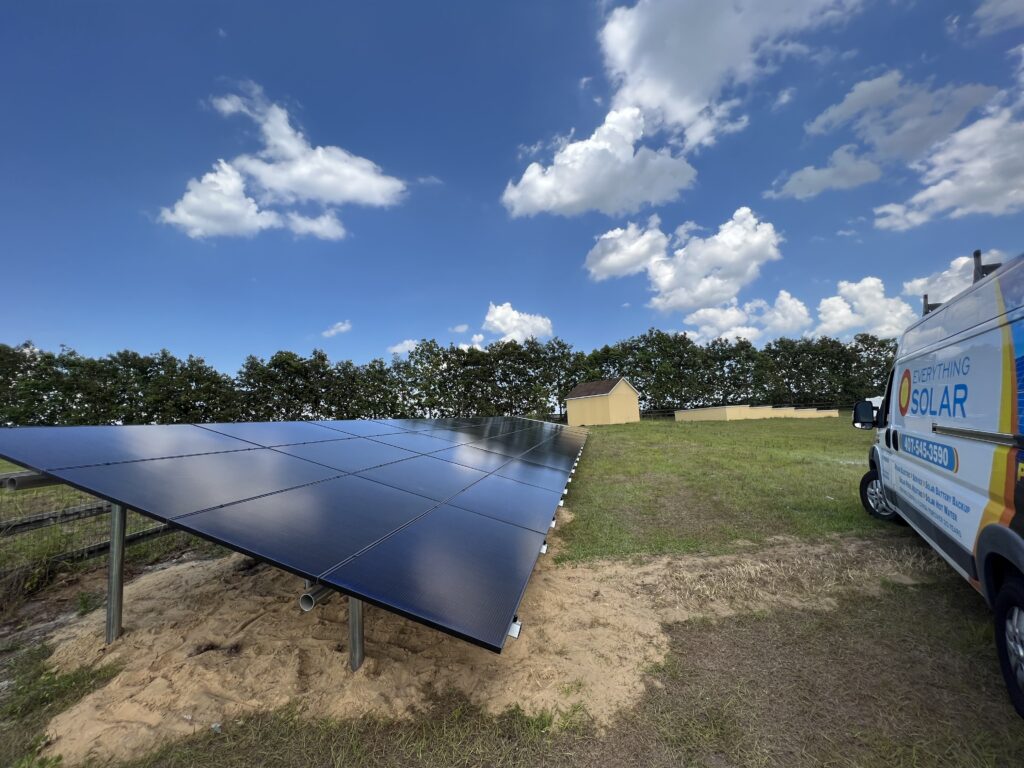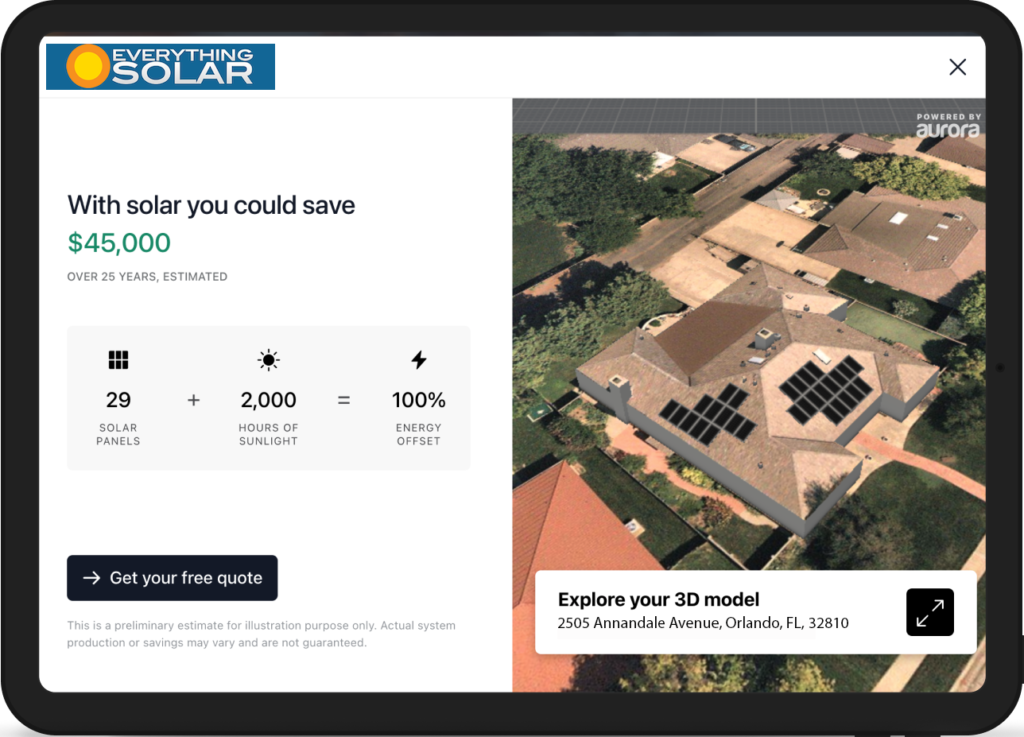If you’ve recently installed solar panels on your roof or are considering switching to solar energy with a solar contractor, you might wonder, “How much do I get for selling electricity back to the grid?” It’s a common question for those looking to use renewable energy sources and reduce their carbon footprint.
In this blog post, we’ll dive into the intricacies of selling electricity back to the grid, explore the average rates payable per KW, examine the average annual KW generated by solar panels in Florida, and list the advantages to challenge the disadvantages of this eco-friendly endeavor.

How Does Selling Electricity to the Grid Work?
Let’s start with the basics before we get into the nitty-gritty details. Selling electricity back to the grid is a process known as net metering. When you have solar panels installed on your property, they generate electricity from the sun. Any excess electricity not used in your home is returned to the grid.
This surplus energy is measured by a special meter that runs backwards when you produce more electricity than you consume. It’s like giving your extra energy back to the community; your utility company keeps track of it.
The Utility of Net Metering
Net metering has revolutionized the way we harness and distribute electricity. It’s a win-win situation for homeowners and the environment. As you feed electricity back to the grid, you receive credits on your utility bill. During the nighttime or cloudy days when your solar panels aren’t producing energy, you can use these credits to cover your energy consumption.
The excess energy you contribute to the grid is distributed to other homes and businesses, reducing the overall reliance on non-renewable energy sources. This means fewer greenhouse gas emissions and a healthier planet, all supported by Federal Tax incentives to motivate more people to utilise the sun’s power.
The Average Rate Payable per KW
The rate you’ll receive for the electricity you feed into the grid varies depending on several factors. Location plays a significant role, as different states and cities have different policies and rates.
For instance, if you’re in Florida, the Sunshine State, you’ll be pleased to know that it has some of the best solar incentives in the country. The average rate payable per KW can range from $0.08 to $0.12 in Florida. However, you must check with your specific utility provider for the most accurate information for your area.

Additional Factors Influencing Rates
Apart from location, several other factors can influence the rates you receive for selling electricity back to the grid. These include the time of day when you generate surplus energy, the overall demand for electricity in your area, and the policies in place.
Some utility companies offer time-of-use rates, which means you’ll receive higher compensation for energy sent back during peak demand hours. This can significantly impact your earnings from solar energy.
Average Annual KW Generated by Solar Panels in Florida
Now, let’s talk numbers. The electricity your solar panels generate annually depends on factors like the size of your solar array, sunlight hours, and the panels’ efficiency and how regularly they are cleaned.
On average, a 5KW residential solar panel system in Florida can generate around 6,500 to 8,000 KW-hours per year. This number can vary, so it’s advisable to consult a solar installation expert for a more precise estimate tailored to your situation.

Maximizing Your Solar Output
To ensure you’re making the most of your solar investment, consider the orientation and tilt of your panels. Panels facing south and tilted at the optimal angle for your location can capture more sunlight, boosting your annual KW production.
Advantages of Selling Electricity Back to the Grid
Selling electricity back to the grid comes with numerous advantages:
- Financial Benefits
Not only can you save on your electricity bills, but you can also earn money by selling excess energy. Over time, this can lead to significant savings and even turn your solar panels into a source of income. - Environmental Impact
You reduce your carbon footprint and help combat climate change by using clean, renewable energy. Contributing surplus energy to the grid reduces the need for fossil fuels and lowers greenhouse gas emissions. - Energy Independence
You become less reliant on traditional fossil fuels, making your household more resilient. During power outages or energy crises, your solar panels can provide a reliable source of electricity, ensuring you’re not left in the dark.
However, it’s essential to consider the initial investment in solar panels and the time it takes to recoup those costs. To explore this further, check out our blog post on solar federal tax credits in the USA.
We have completed installations across central Florida since 1999. Here are some example locations we have completed a solar installation recently: [cities]
Conclusion
So, how much do you get for selling electricity back to the grid? The answer varies, but the financial and environmental benefits make it a compelling option for those interested in solar energy. Read our comprehensive guide here to learn more about solar energy for businesses and whether it’s worth the investment.
If you’re considering installing solar panels in Orlando, Florida, check out our article on what it costs to install solar panels on the roof. And for businesses looking to go green, our guide to commercial-grade solar panels is a must-read.
Finally, for more insights on solar for businesses in Florida, including benefits, costs, and installation, explore our comprehensive guide here.
Remember, every step towards renewable energy is towards a greener, more sustainable future. Happy solar harvesting!
